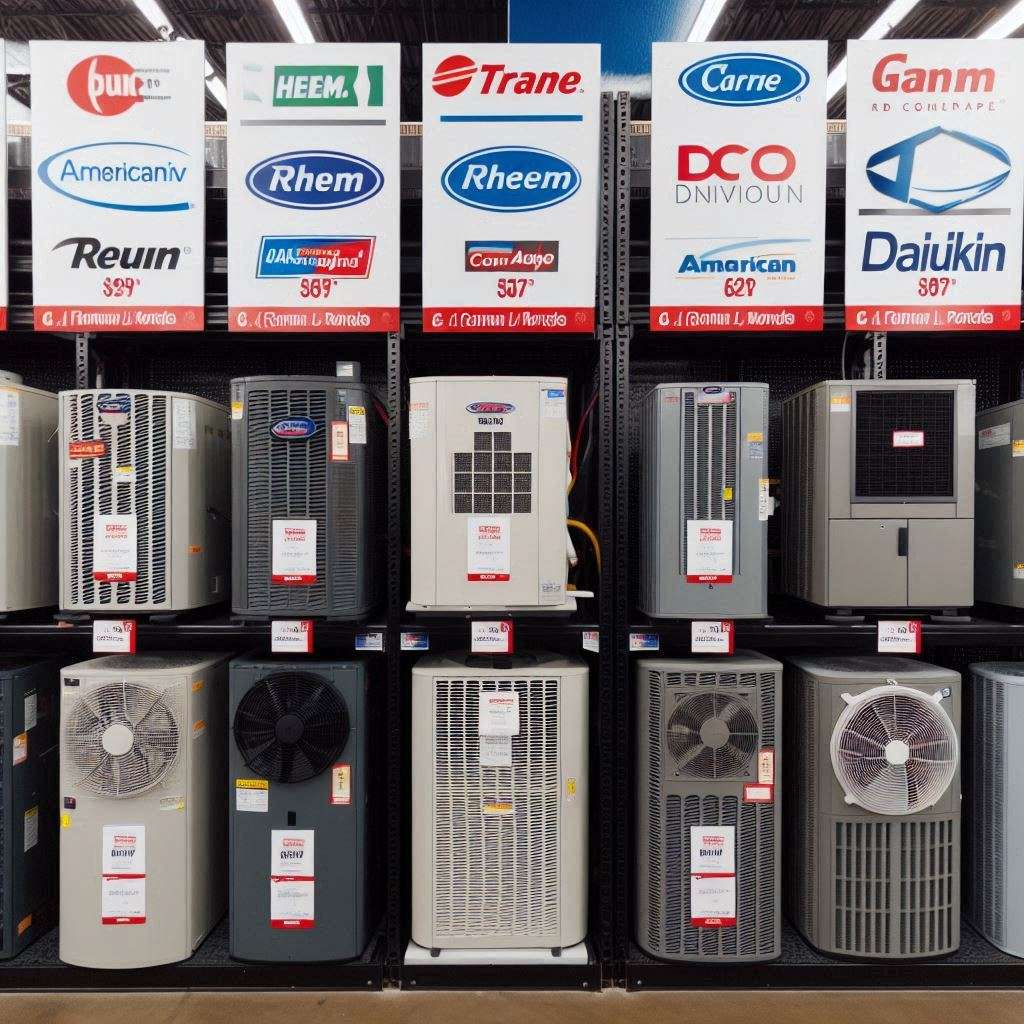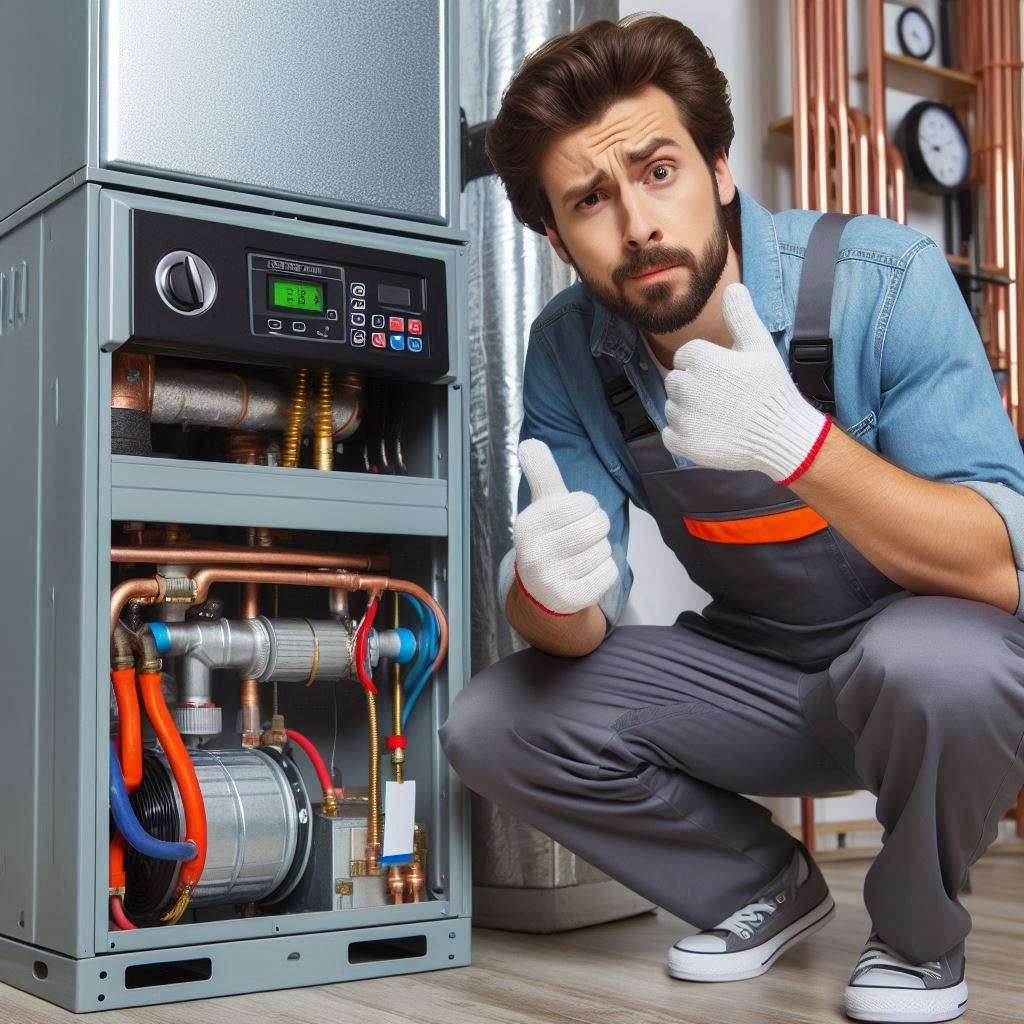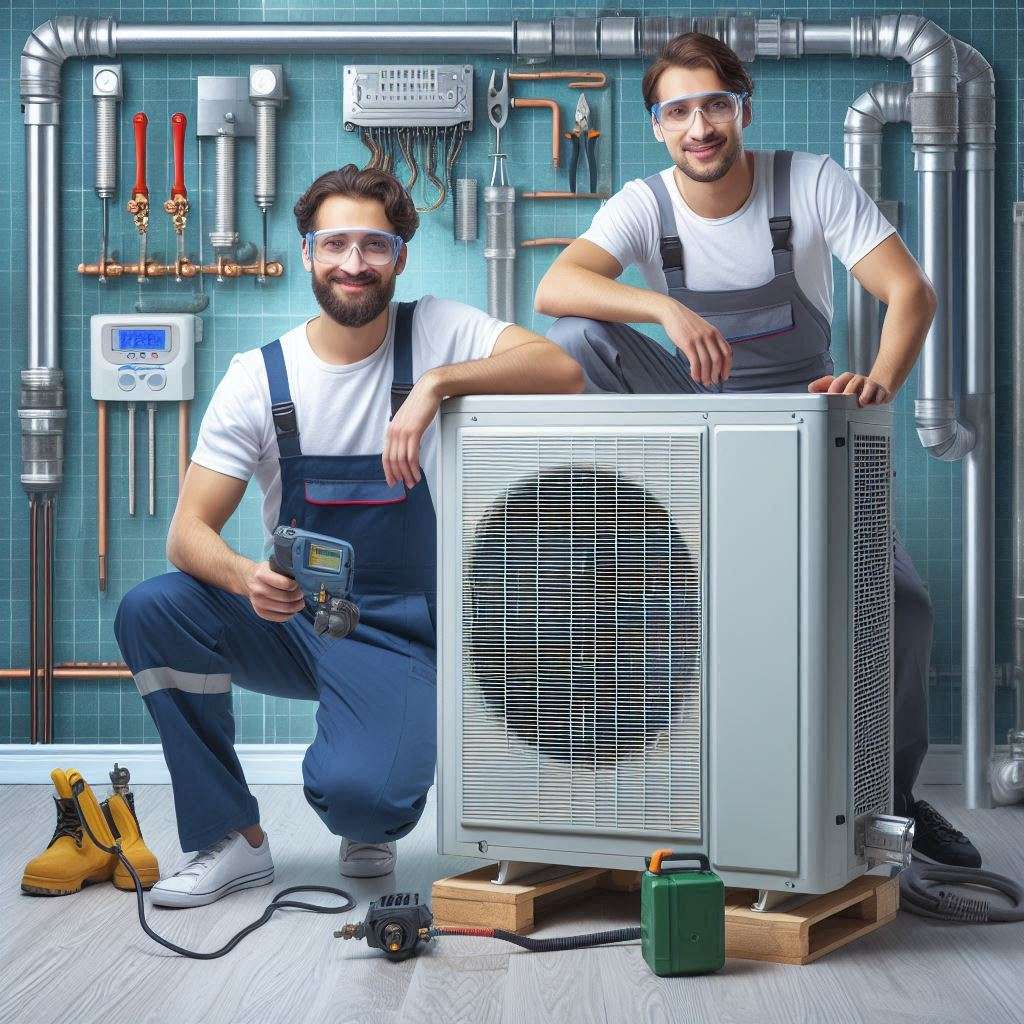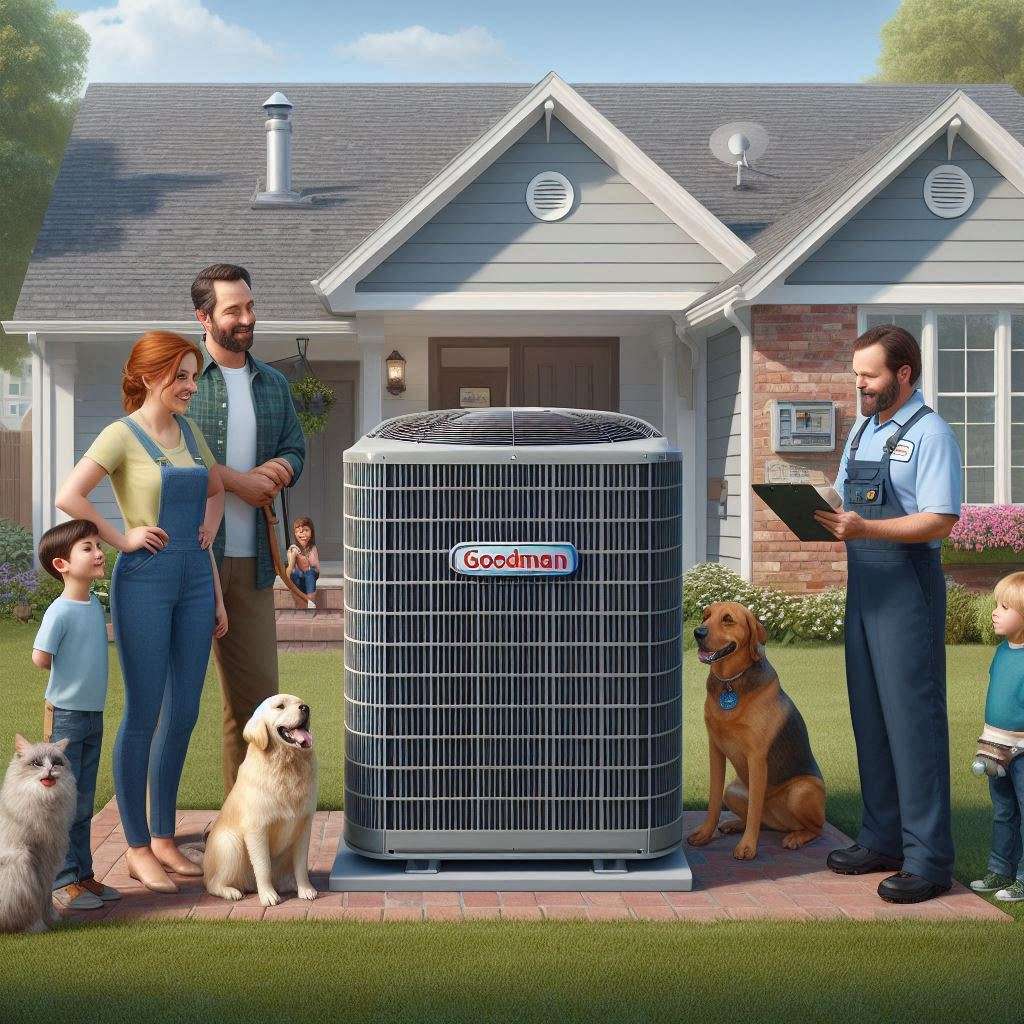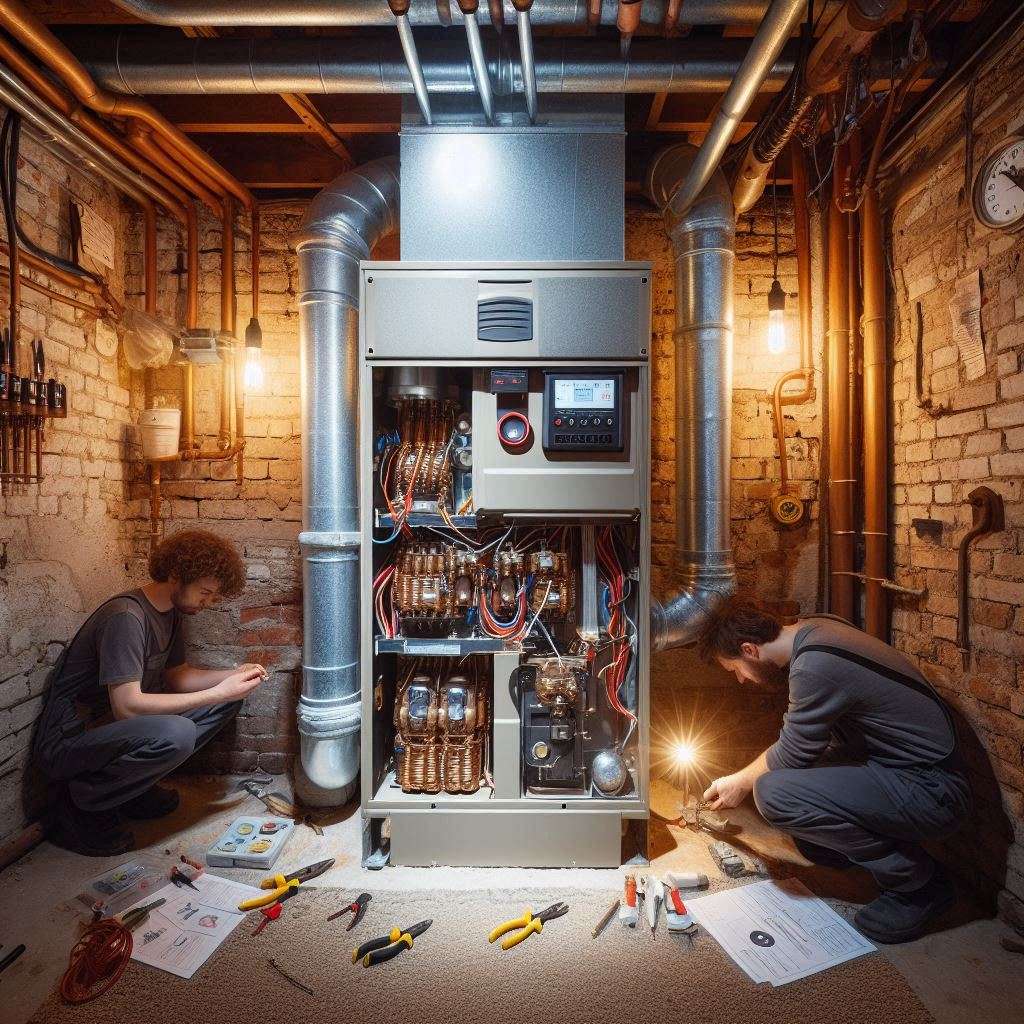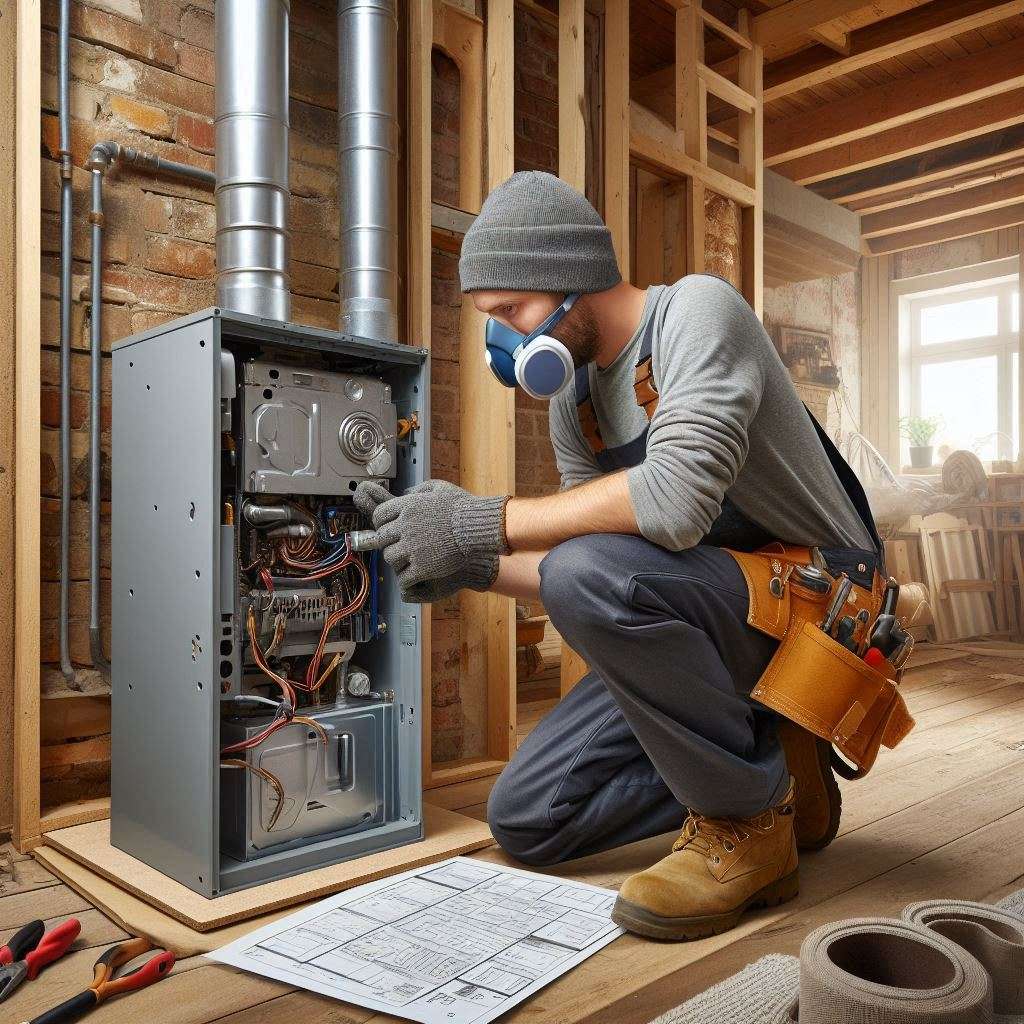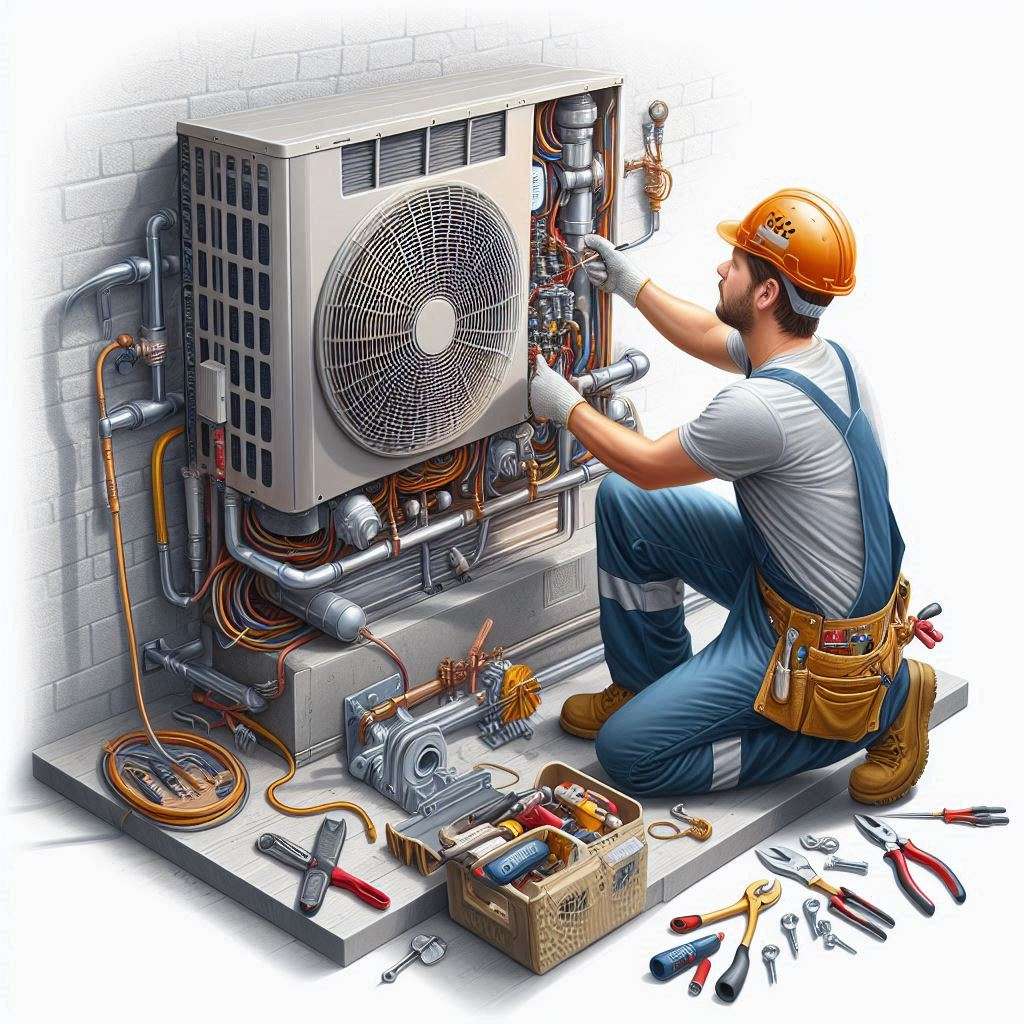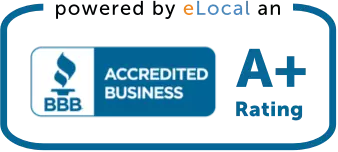Choose the right HVAC system- exploring Top HVAC Brands
Choose the right HVAC system easier! We know it can be overwhelming with the many brands and options available. In this article, we will explore five top HVAC brands: Trane, Carrier, Rheem, American Standard, Daikin, and Goodman. We’ll discuss their pros and cons, differences, and approximate prices for both regular split gas furnace and AC systems versus heat pumps. This guide will be particularly useful for residents in Santa Clara, Concord, San Jose, San Francisco, Sunnyvale, Oakland, Reno, Sacramento-Stockton-Modesto areas. Choose the right HVAC system- exploring Top HVAC Brands 1. Trane – HVAC Parent Company: Trane Technologies Pluses: Renowned for reliability and durability, high efficiency with a wide range of models, excellent warranty options, good customer service. Minuses: Higher price point. Some models may be louder compared to competitors. Approximate Prices: Regular Split Gas Furnace and AC System: $6,000 – $12,000 Heat Pump System: $7,000 – $14,000 Choose the right HVAC system- exploring Top HVAC Brands 2. Carrier – HVAC Parent Company: United Technologies Pluses of this HVAC system brand: Strong reputation for innovation and high efficiency. Extensive product line with various SEER ratings. Good warranty options. Quiet operation. Minuses: Expensive initial cost. Installation costs can be higher due to complexity. Approximate Prices: Regular Split Gas Furnace and AC System: $6,000 – $11,000 Heat Pump System: $7,000 – $13,000 Choose the right HVAC system- exploring Top HVAC Brands 3. Rheem – HVAC Parent Company: Paloma Industries Pluses: Affordable pricing. Good energy efficiency. Solid warranty options. Reliable performance. Minuses: Fewer high-end models compared to competitors. Customer service can be variable. Approximate Prices: Regular Split Gas Furnace and AC System: $5,000 – $9,000 Heat Pump System: $6,000 – $12,000 Choose the right HVAC system- exploring Top HVAC Brands 4. American Standard – HVAC brand Parent Company: Trane Technologies Pluses: Known for reliability and efficiency. Good warranty options. Quiet operation. High customer satisfaction. Minuses: Higher cost for premium models. Limited availability in some regions. Approximate Prices: Regular Split Gas Furnace and AC System: $6,500 – $12,000 Heat Pump System: $7,500 – $14,000 Choose the right HVAC system- exploring Top HVAC Brands 5. Daikin – HVAC brand Parent Company: Daikin Industries Pluses of this HVAC Brand: Excellent energy efficiency. Advanced technology with a focus on eco-friendly products. Quiet operation. Good warranty options. Minuses of its HVAC systems: Higher initial cost. Installation can be complex and costly. Approximate Prices: Regular Split Gas Furnace and AC System: $6,500 – $11,500 Heat Pump System: $7,500 – $13,500 Choose the right HVAC system- exploring Top HVAC Brands 6. Goodman – HVAC brand Parent Company: Daikin Industries Pluses: Affordable pricing. Good energy efficiency. Solid warranty options. Reliable performance. Minuses: Fewer high-end models compared to competitors. Customer service can be variable. Approximate Prices: Regular Split Gas Furnace and AC System: $4,500 – $8,500 Heat Pump System: $5,500 – $10,500 Choose the right HVAC system- exploring Top HVAC Brands: Conclusion When choosing the right HVAC system, it’s crucial to weigh the pros and cons of each brand, consider their efficiency, reliability, and cost. Brands like Trane and Carrier are renowned for their high efficiency and advanced features, while Rheem offers more affordable options without compromising on performance. American Standard and Daikin are excellent choices for those who prioritize energy efficiency and eco-friendly solutions. Goodman is a great option for budget-conscious homeowners looking for reliable performance and good energy efficiency. For residents in Santa Clara, Concord, San Jose, San Francisco, Sunnyvale, Oakland, Reno, Sacramento-Stockton-Modesto, making an informed decision about your HVAC system can lead to significant long-term savings and improved comfort. Be sure to consult with local HVAC professionals to determine the best system for your specific needs and budget. Written by: Koba Razmadze, HVAC Contractor with 35+ Years of Experience Koba Razmadze is the owner of RK Mechanical Air Services and holds a C20 Contractor License (#1064548). With over 35 years of experience in the HVAC industry, Koba specializes in both residential and commercial HVAC systems, ensuring expert-level service and advice. Contact Information: We encourage our readers to leave comments or questions below. Your feedback is important to us, and we’re here to help with any HVAC-related inquiries you may have.

